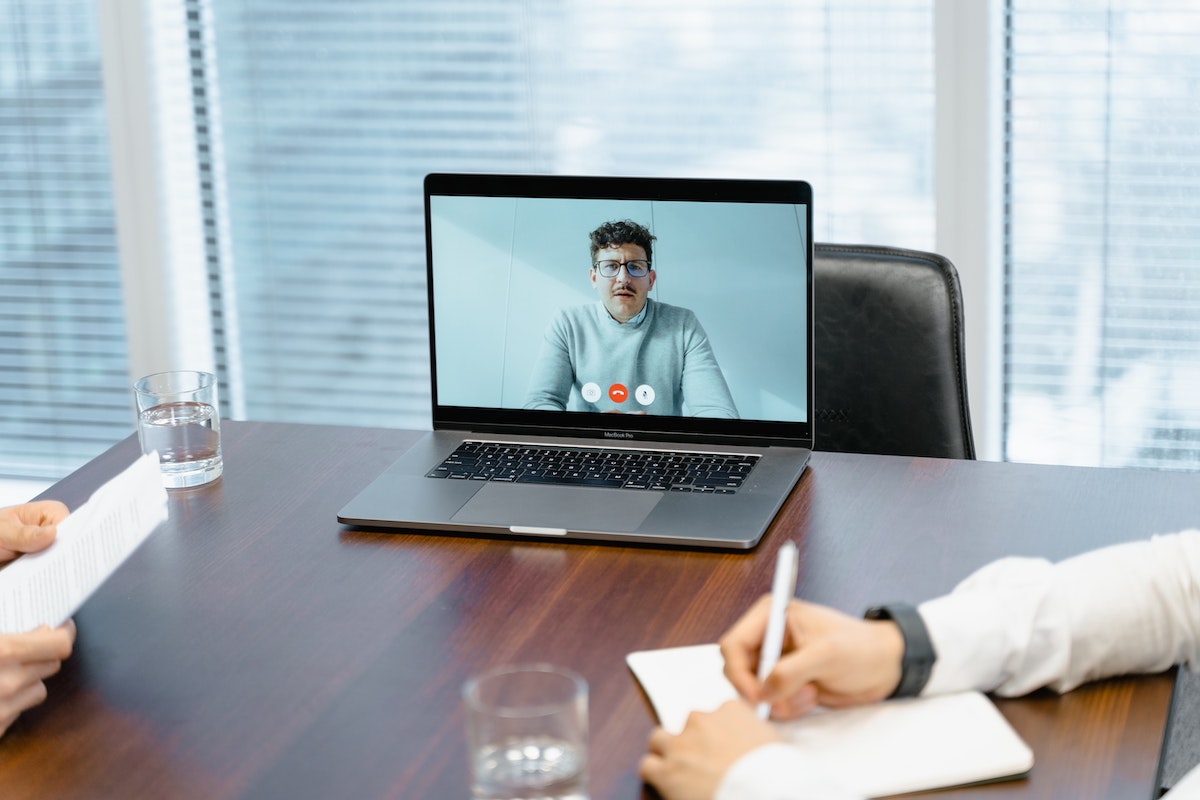Have you sat in a video meeting in the last 24 hours? Was it enthralling? Did you not want it to end? I’m guessing your answer to those questions is probably a big fat ‘no’.
Virtual meetings have a bad reputation, which is often rightly deserved. They can be tiring, ineffectively run and are often a chance for us to take a sneaky check of our email or social media feeds when things get a bit dull.
Our negative relationship with virtual meetings is a serious problem. Research has consistently found that satisfaction with meetings predicts how satisfied we are with our jobs.
One study found that more than 15 percent of our job satisfaction is based on our satisfaction with meetings we attend. And other studies have found that meeting satisfaction is the single biggest predictor of job satisfaction – so it’s important that we use our time well in meetings. This is even more true of virtual meetings because of all the additional problems they can pose.
If the virtual meetings you are attending or running are sucking the life out of people, consider one of the following strategies to make virtual meetings more productive and less sleep-inducing.
Set a time limit
Research from Microsoft found that virtual meeting fatigue is real. Researchers from Microsoft’s Human Factors lab had participants wear an EEG device that monitored brain waves during virtual meetings. Not surprisingly, researchers found that people’s concentration started to fade at around the 30–40-minute mark. When a person’s days were filled with meetings, stress levels began to rise after about two hours into their meeting-filled day.
Researchers suggested that focusing on a screen to extract relevant information can be exhausting, and it can be hard to remain engaged.
Researchers suggested that focusing on a screen to extract relevant information can be exhausting, and it can be hard to remain engaged. In addition, due to the limited non-verbal cues, it can be harder to get a read on people and know whose turn it is to talk. And finally, when sharing screens, the view of people becomes tiny and almost eliminates any visual cues you would previously get.
As such, cap virtual meetings at 30 minutes. And consider using a tool such as Otter.ai, which creates automatic transcriptions of meetings, so those who can’t attend can quickly get across the meeting content by reading over the transcription.
Ask better questions
What’s the first question that gets asked in most meetings? Aside from “Can you hear me?”, most meetings start with the question, “How are you going?”. And how do people answer? “Good.” “Fine.” Boring questions elicit boring answers and fail to build stronger connections.
Challenge yourself to ask a more provocative or interesting question that will elicit a surprising answer or gain further insight into the person or people you are meeting with. For example, you might start a meeting by asking what people are most proud of this week, what their favorite room in their home is or what shoes they are wearing and why.
Challenge yourself to ask a more provocative or interesting question.
Asking better questions is one method to create a high-quality connection (HQC), a term coined by Jane Dutton at the University of Michigan. HQCs are interactions you have with someone virtually or face-to-face, in which both people feel lit up and energized. The beauty of HQCs is that they don’t require significant time; they can be as short as a five-minute conversation.
Research shows that HQCs have myriad of benefits, including helping us be more creative, resilient and even live longer. Beyond helping us thrive individually, they also contribute to team and organizational effectiveness. When teams have HQCs, members are more creative, coordinated and more likely to have mutual respect for one another.

Default to phone
In the world of hybrid work, people’s default meeting type has become video. To help overcome virtual meeting fatigue, experiment with having phone meetings as your default.
On his podcast WorkLife, Adam Grant shared research that we are actually better at reading emotions and empathizing with people over the phone compared to video.
To help overcome virtual meeting fatigue, experiment with having phone meetings as your default.
The phone eliminates all the visual cues that can distract from us honing in on the actual human we are communicating with. In addition, phone calls allow us to be moving around and thus reduce the fatigue that can set in when we are desk-bound all day.
If you are suffering from virtual meeting fatigue, try one of these three strategies this week to help make your meetings a whole lot better.
Amantha Imber is the author of Time Wise and the host of How I Work, a podcast about the habits and rituals of the world’s most successful people. For more tips and tricks, check out her musings at One Percent Better.







